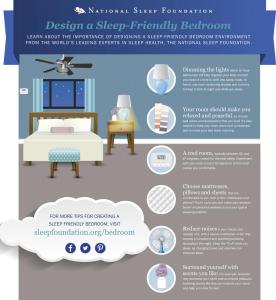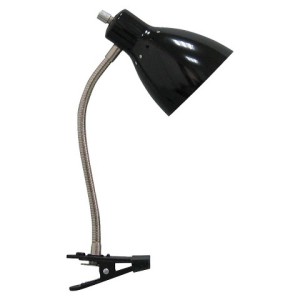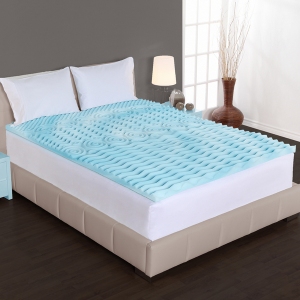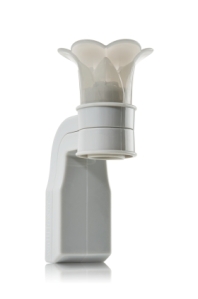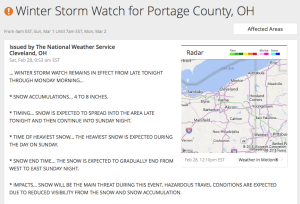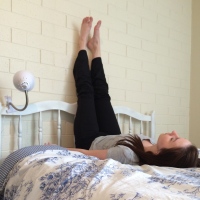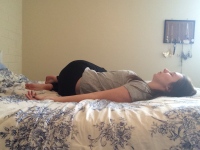Did you know your bedroom may not be conducive to good sleep? Me neither! The National Sleep Foundation recently posted tips for having a sleep-friendly bedroom. It provided a really great image with all of the factors to consider.
The first thing it suggests is to dim the lights about an hour before you go to sleep to help your brain get into sleep mode. I already like to do this, because I do not like to get up before I fall asleep to turn off the lights. I recommend getting a desk lamp with a clip. Then you can clip it to you headboard, and it frees up space on your bedside table. Target has a great one that is also inexpensive for those of us on a college budget.
The next suggestion is to really make your room a relaxing places by painting it colors you like and keeping it clean. I definitely notice that I sleep better when my room is clean and organized, so I try to do that as much as possible. I did not paint my apartment bedroom, but my bedroom at home is my favorite color: blue!
You should keep your room temperature between 60 and 67 degrees. You sleep better when the room is cool, but I still like to pile on the blankets. That way my face and head are cool, but I can still feel nice and cozy.
Picking out bedding that is comfortable to you is important. I know we do not always get much of a choice as far as your mattress goes when you are a college student, but mattresses can be adjusted with mattress toppers. Overstock.com has some great mattress toppers that are relatively inexpensive. This one has different contours to fit you more comfortably.
Reducing noises while you sleep is important, because you do not want your sleep to be interrupted. This means turning off the TV, music, etc. I personally do not like to have a TV in my room for this reason. I know I will fall asleep while it is on, and my sleep will lose quality.
The last tip is to surround yourself with scents that you enjoy to help make your bedroom a more relaxing environment. I definitely have a favorite product for this. I have used Bath & Body Works’ Wallflower fragrance plugs for years, and they are especially great for bedrooms. You can buy refills separately and get as many different scents as you want. My mom and I like to wait until the refills are on sale and buy them in bulk. The refills last for about two months. My personal favorite scents are Peach Bellini, Stress Relief – Eucalyptus Spearmint, and Fresh Linen.
To find out more tips for creating the perfect bedroom, check out the National Sleep Foundation’s bog, Sleep.org.
Do you feel like your bedroom is optimized for sleep? Let me know!
